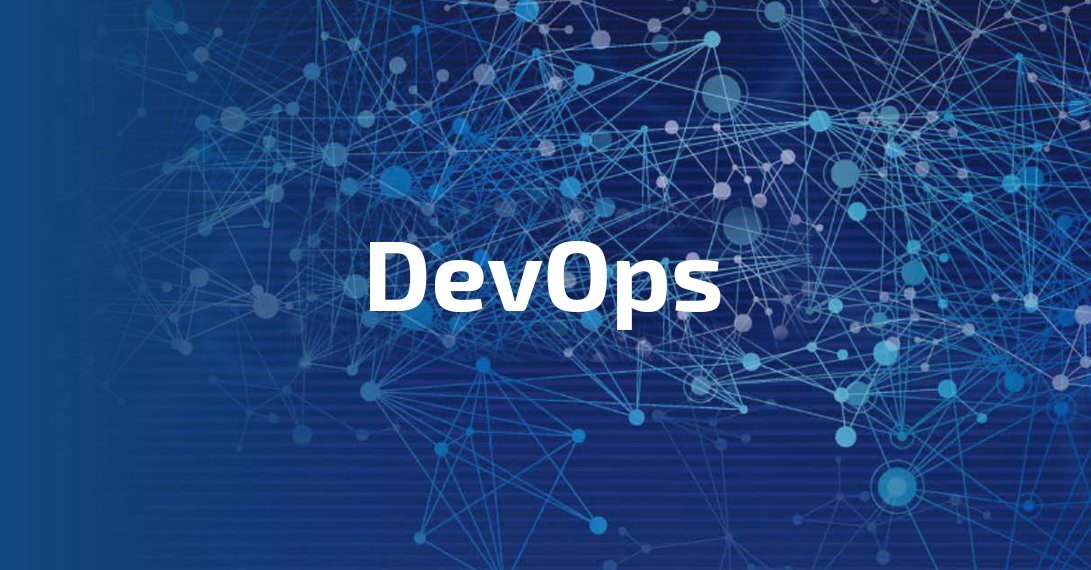In today’s digital age, agility and efficiency are essential for businesses to thrive. Organizations must adopt a more DevOps-focused approach to have functioning, productive development teams. The DevOps technique outlined in this article will help your company’s software delivery pipelines operate more efficiently and with less implementation failure.
Assess Your Current State
Before embarking on your DevOps voyage, map your current landscape. Understand your existing tools, processes, and team structures. Identify pain points, like siloed operations, manual tasks, and slow deployments. Determining your goals is one of the first steps in implementing a DevOps strategy Boston. The goal should be related to your infrastructure needs and business goals. It is also important to set SMART goals, which are specific, measurable, action-oriented, realistic, and time-bound objectives. Utilize frameworks like the Value Stream Mapping (VSM) from the DevOps Handbook to visualize your workflow and identify optimization opportunities.
Invest in Automation and DevOps Mindset
Automation is the engine that drives DevOps efficiency. However, it may take time for team members to adapt to new processes, so you should start with small projects with clear goals. DevOps is a huge cultural shift that requires investment from all company levels to avoid miscommunication or chaos. Gartner mentioned that 75% of DevOps initiatives would fail to meet expectations because of organizational learning and change issues.
Fostering a culture of collaboration, shared responsibility, and continuous learning is recommended to address possible challenges in your company. Encourage open communication between teams, break down silos, and promote cross-training. You must also invest in team-building activities and workshops to break down barriers and build trust to align everyone toward a more unified customer focus.
Define your DevOps Process
By defining the DevOps process, you can improve infrastructure provisioning, continuous development cycle, and testing. One of the main principles of DevOps is continuous integration, in which developers continuously add updates to their code to the central repository. Furthermore, continuous delivery continues where continuous integration leaves off. Thus, CI/CD is the linchpin of smooth deployments. You can integrate code changes frequently and automate testing to detect and fix bugs early. You can implement continuous delivery practices to deliver new features and updates to production seamlessly. This rapid feedback loop allows faster learning and iteration, leading to higher-quality software.
Secure Your Infrastructure
Security is paramount in DevOps. You should integrate security considerations into every step of the software lifecycle. Experts reiterated the importance of using tools like vulnerability scanners and penetration testing to identify and address security risks early. Ultimately, fostering a culture of security awareness and training your team on best practices is necessary.
A more systematic strategy is what your organization ought to implement. It will take a great deal of education, training, and time for everyone on board to adjust to all the changes. Hence, you’ll require a partner with a team of experts to guarantee you realize every advantage of DevOps.

